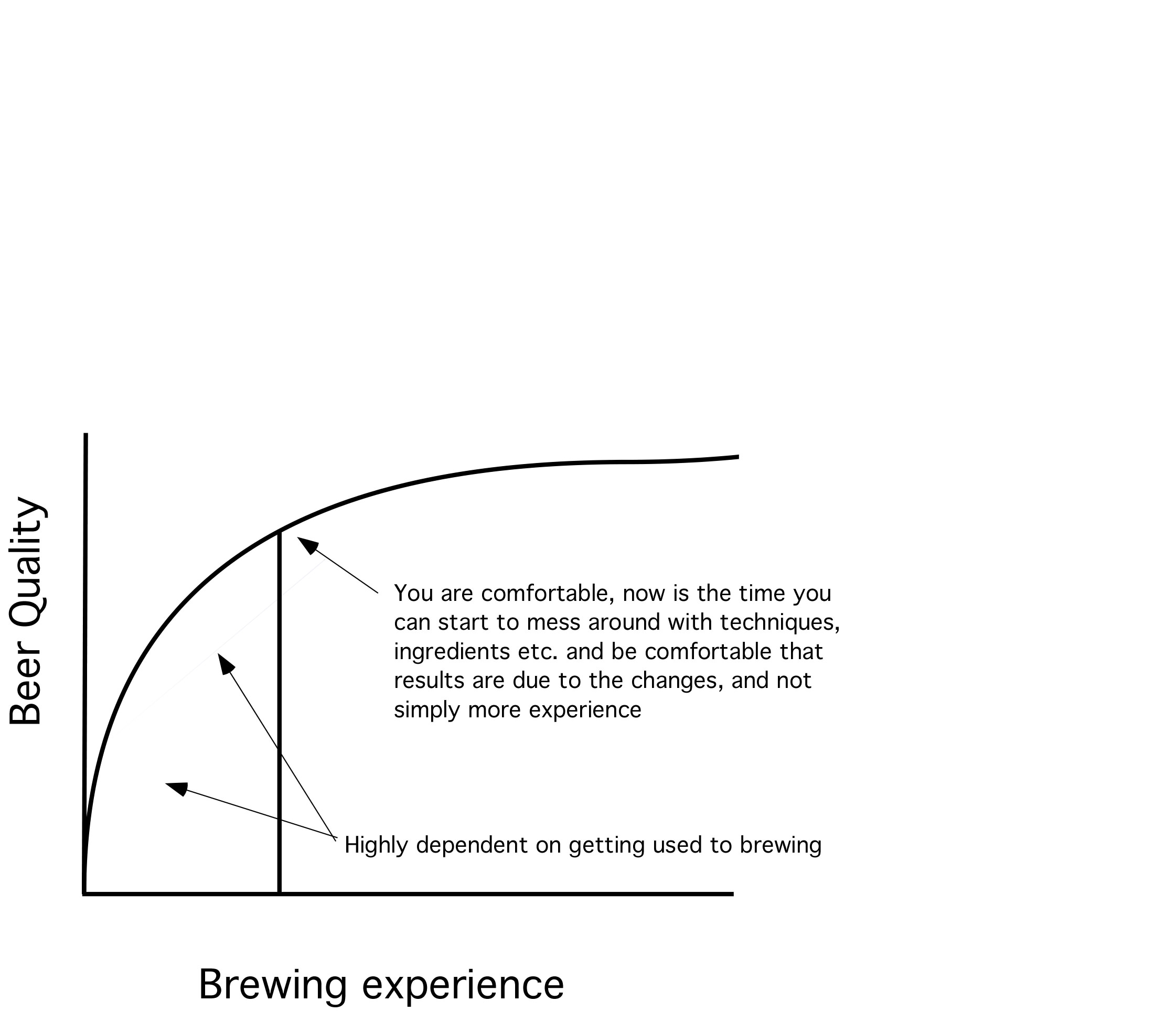ramgeva
Well-Known Member
- Joined
- Sep 11, 2013
- Messages
- 95
- Reaction score
- 1
Hi All
After reading John.P:
http://www.howtobrew.com/section3/chapter14-4.html
and:
http://morebeer.com/brewingtechniques/bmg/noonan.html
and looked at the weyermann grains specifications.
I still don't understand if I need single or double infusion.
my recipe for a Paulaner Clone will be (All weyermann):
Caramunich Malt
Munich II Malt
Pilsner (2 Row)
Wheat Malt
Can you please give me some guidelines how to decide if Single or Double is needed (For this recipe and also general as for other recipes I will do in the future)?
Because as I understand if I do Double and the grains are Fully Modified it can Harm this type of Beer and all the reading didn't helped me get some guidelines.
Thanks
After reading John.P:
http://www.howtobrew.com/section3/chapter14-4.html
and:
http://morebeer.com/brewingtechniques/bmg/noonan.html
and looked at the weyermann grains specifications.
I still don't understand if I need single or double infusion.
my recipe for a Paulaner Clone will be (All weyermann):
Caramunich Malt
Munich II Malt
Pilsner (2 Row)
Wheat Malt
Can you please give me some guidelines how to decide if Single or Double is needed (For this recipe and also general as for other recipes I will do in the future)?
Because as I understand if I do Double and the grains are Fully Modified it can Harm this type of Beer and all the reading didn't helped me get some guidelines.
Thanks




